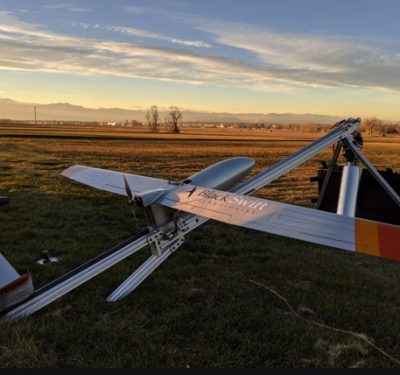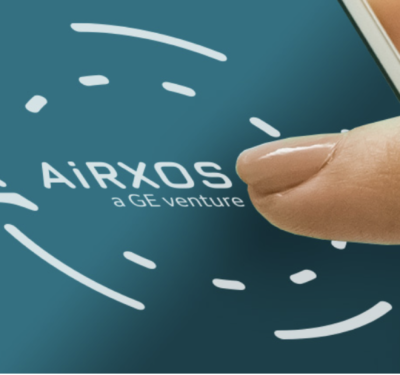
Image courtesy CGi.
The European Space Agency (ESA) awarded a contract to CGI to develop a proof of concept to enhance the navigational capabilities of airspace users in areas where traditional navigation systems alone cannot provide sufficient performance. The concept being developed by CGI and its partners leverages 5G networks, alongside traditional navigation systems, to provide hybrid-positioning solutions.
Headquartered in Montreal, Quebec, Canada, CGI will work with ESA, u-blox, the Advanced Communication, Mobile Technology and IoT (ACMI) Research Centre at the University of Sussex and air navigation service provider NATS, to define use cases and system requirements for a 5G-based complement to existing GNSS receivers. This hybrid navigation solution will be targeted at installation on any air vehicles intended to operate within the coverage of commercial 5G networks. The project will culminate in a real-world demonstration of the technology, comparing its performance to that offered by GNSS alone. The limitations of GNSS stem from interference, jamming, spoofing and obstruction, particularly in urban areas where buildings and other structures affect signal availability and other sources of interference are more prevalent. Aerial vehicle operations therefore require additional positioning systems to achieve acceptable levels of operational safety.
In addition to secure communications for command and control of vehicles, and delivery of high-quality streaming video for BVLOS operations, 5G networks can also be used as a source for navigational bearings that will improve the accuracy, integrity and availability beyond that which satellite navigation systems alone can provide. The service will also offer greater resilience against natural or intentional disruption of Positioning, Navigation and Timing (PNT) services.
Andy Proctor, UK Lead Delegate to the ESA Programme Board for Navigation & PNT Innovation lead at UK Research and Innovation (UKRI), said: “The UK is a leading innovator in aerospace and GNSS technology. It’s great to see the team developing resilient PNT solutions for aerospace leveraging existing communication infrastructure. The 5G-PNT project will enable and promote future aviation applications in the UK and globally, especially in the fast-growing future air mobility sector that will enable wider economic growth in many key sectors.”
Logan Scott, an expert GNSS consultant, commented on LinkedIn regarding this story, “5G for navigation is going to be a winner especially as we move into higher frequency bands with high densification. Higher power, indoor capability, 2-way authentication, PoL potential, and, high data rates makes this an attractive technology but the real kicker is massive scale and a well established path for managing innovation. Expect this to move fast once capable navigation people get on board.”






